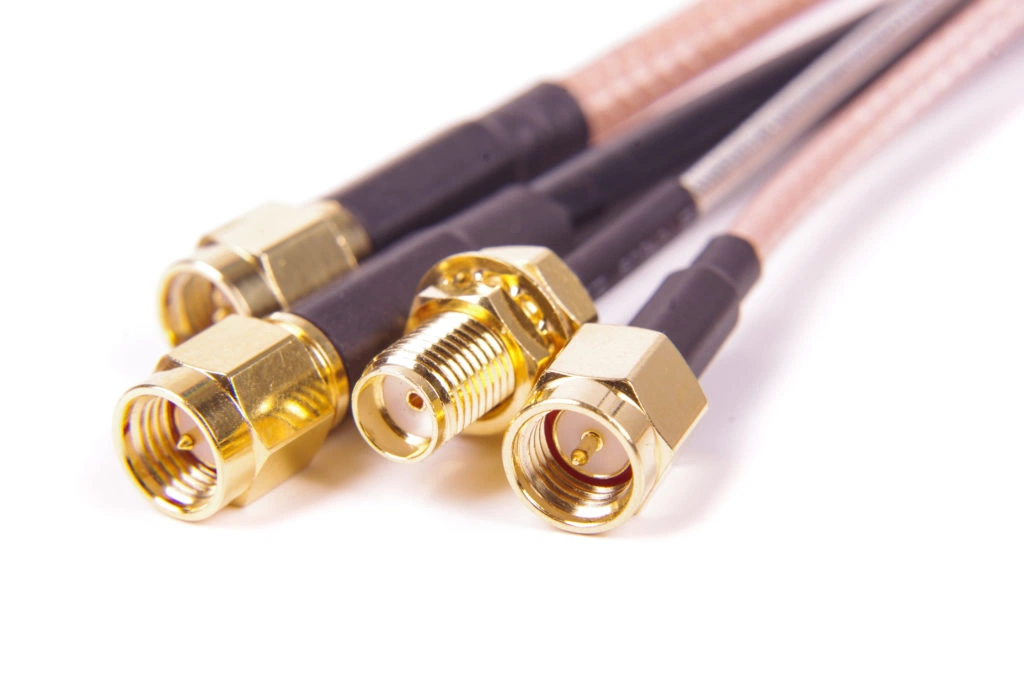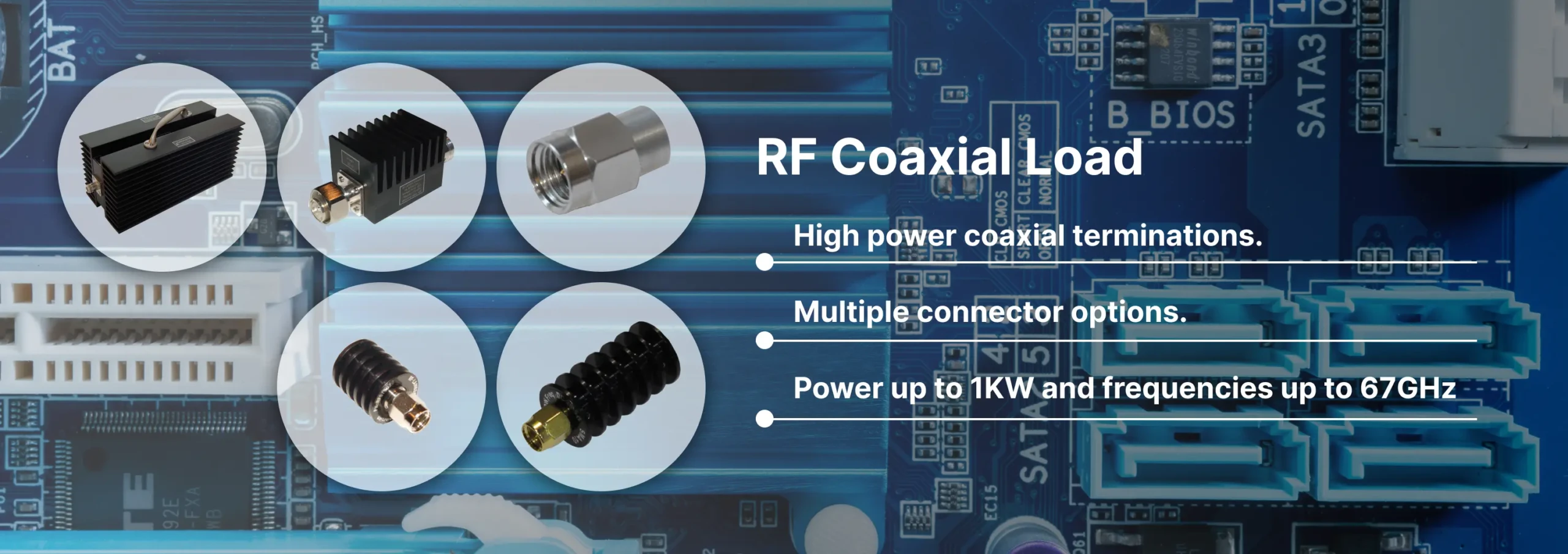by Angela
Share

When it comes to transmitting high-frequency signals—whether for TV, radio, 5G, or IoT—coaxial cables are the gold standard. But with so many types, specs, and connector options, how do you know which one is right for your application?
This guide will walk you through everything you need to choose the best coaxial cable for your project, whether you’re in telecom, aerospace, automotive, or industrial automation.
What Is a Coaxial Cable?
A coaxial cable is composed of four main layers:
-
Inner conductor (carries the signal)
-
Dielectric insulator
-
Shielding layer (reduces EMI)
-
Outer sheath (protects the cable)
Thanks to this structure, coaxial cables are ideal for transmitting high-frequency signals over long distances with minimal interference.
Why Choosing the Right Coaxial Cable Matters
Not all coaxial cables are created equal. Selecting the wrong type can result in poor signal quality, interference, and system failures. Matching the cable type with your frequency, environment, and connector requirements is essential for optimal performance.
Common Coaxial Cable Types
RG Series (e.g., RG6, RG11)
Widely used for TV, broadcast, and residential networking. Offers solid performance for general applications.
LMR Series (e.g., LMR400, LMR600)
Known for low signal loss and excellent shielding. Perfect for high-frequency, long-range, or outdoor wireless communications.
Dual/Triple Shielded Cables
Designed for noisy environments like factories or surveillance systems. Multiple shielding layers enhance EMI resistance.
Specialized Use Cases
-
5G and IoT Systems: Require cables with wide frequency support and low loss.
-
Aerospace & Defense: Need high-performance, ruggedized cables.
-
Test & Measurement: Must maintain signal integrity in lab settings.
-
Automotive: Call for flexible, vibration-resistant solutions.
Key Selection Criteria
✅ Frequency Range: Ensure your cable can handle your signal’s frequency.
✅ Impedance: 50Ω is typical for RF; 75Ω for video/broadcast.
✅ Shielding: More layers = better noise protection.
✅ Cable Length: Longer cables require low-loss types.
✅ Connector Compatibility: Match cable ends to your device ports (e.g., SMA, N-Type, TNC, F-Type, SMB).
Pre-Assembled Cable Assemblies: A Smart Solution
When performance specs are known (length, connectors, environment), pre-configured coaxial cable assemblies offer convenience, quality assurance, and time savings. These are especially useful in professional installations or sensitive environments.
Installation & Maintenance Tips
-
Avoid sharp bends or tight coils to prevent internal damage.
-
Use proper strain relief at connector ends.
-
Clean and inspect connectors regularly to maintain signal integrity.
Where to Buy: Online vs. Offline
Online platforms provide convenience and transparency but require caution—only buy from reputable sources. In-person shopping allows direct product inspection and is ideal for custom or urgent orders.
For trusted quality, look for manufacturers with experience and partnerships in industries like telecom and electronics—such as Reach-line.
Why Professionals Choose Reach-line
At Reach-line, we offer:
🔹 Precision-engineered coaxial cables and assemblies
🔹 Custom connector and length configurations
🔹 High-performance solutions for RF, microwave, and mmWave applications
🔹 Global shipping with expert support
📌 Need a tailored solution or expert advice?
Explore our wide range of RF cables and assemblies at www.reach-line.com or contact us directly.
Buy with confidence. Build with precision. Choose Reach-line.
STAY IN FOR MORE NEWS
Subscribe to our free newsletter.
Discover Reach-Line’s precision RF and microwave terminations covering DC to 110 GHz and power levels 1 W to 1000 W. Reliable, low VSWR solutions for 5G, satellite, and lab applications.
Reach-Line offers high-frequency cable assemblies, fixed attenuators, and precision terminations. Partner for engineering support, rapid prototyping, and global logistics.
In the realm of high-frequency applications, the SMA (SubMiniature version A) connector stands out as a compact yet powerful component. Developed in the 1960s, SMA connectors are designed for applications up to 18 GHz, with some precision versions extending to 26.5 GHz.
Reach-Line fixed attenuators cover DC to 110 GHz and 1 W to 1000 W. Fine-tune signals, protect components, and ensure repeatable tests in demanding RF applications.





